With so many folks preparing to outlive economic depression as previous generations did in the 1930s, I wonder about our “advancement” since that humble time.
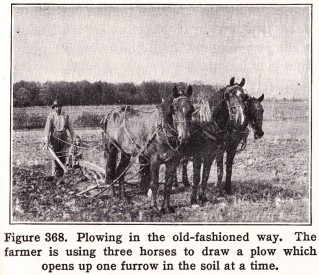 Over the years, I’ve been privileged to meet many elderly country folks who gave little thought to the Great Depression. Perhaps it was because they were youngsters at the time. Instead, I think their contentment during those hard times was because of their families’ self-reliance. Their root cellars were full, water was free and neighbors traded with each other as a way of life.
Over the years, I’ve been privileged to meet many elderly country folks who gave little thought to the Great Depression. Perhaps it was because they were youngsters at the time. Instead, I think their contentment during those hard times was because of their families’ self-reliance. Their root cellars were full, water was free and neighbors traded with each other as a way of life.
Another vast difference is that most rural homes didn’t have electricity in the 1930s. In fact, many areas were not electrified until the mid-1950s. As such, country folks did their chores by hand, grew and preserved their own food, and relied on horsepower and each other for jobs too big to tackle alone. Their skills were not limited to a single talent. On any given day, a farmer could find himself as a carpenter, veterinarian, plumber, mason and mechanic – using mainly human-powered tools.
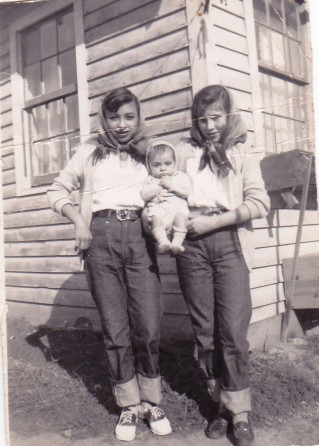 When electric lines, inexpensive fuel and motorized machinery reached everyone, those old treadle sewing machines, galvanized wash tubs, hand-operated push mowers, kerosene lamps, hand pumps and all manner of non-electric tools and appliances were tossed in the city dump. Horse-drawn farm equipment was left to rust behind barns or, worse yet, hauled to the front yard to be decorated with petunias.
When electric lines, inexpensive fuel and motorized machinery reached everyone, those old treadle sewing machines, galvanized wash tubs, hand-operated push mowers, kerosene lamps, hand pumps and all manner of non-electric tools and appliances were tossed in the city dump. Horse-drawn farm equipment was left to rust behind barns or, worse yet, hauled to the front yard to be decorated with petunias.
With family farms being taken over by industrial agriculture, Americans migrated by the millions to the suburbs to mow 3 acres of grass every Saturday and drive to the supermarket for corn dogs, potato chips and year-round watermelon.
Compared to many nations, we Yankees are ridiculous – turning up the heat in winter so we can take off our sweaters, and then turning down the air-conditioner in summer so we have to wear jackets indoors in July. We had enjoyed decades of a seemingly unending supply of cheap fuel, plentiful food and clean water, and many of us simply never practiced conservation.
Reading a high school book from 1940, I think I might know where our thinking was skewed. The book details how it took millions of years for fuels (coal, oil, gas) to form below ground. The book points out that once the fuel sources are gone, they are gone forever. That was it — one little sentence.
Then the book goes on to rave about all the wonderful conveniences and luxuries we have now because of our “wealth of abundant fuels” (compared to “backward” countries and our poor, unsophisticated ancestors).
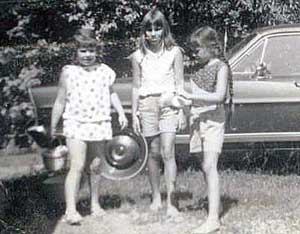 Of the two dairy farms I grew up between in the 1960s, the family to the north had 9 kids; the other to the south had 14. Yet they fed all those children well.
Of the two dairy farms I grew up between in the 1960s, the family to the north had 9 kids; the other to the south had 14. Yet they fed all those children well.
My friend, Janet, was second youngest among her clan, behind five brothers and two sisters.I remember only once seeing Janet in new clothes – two cotton summer suits her sister made in high school sewing class. The chest freezer in Janet’s huge kitchen was as big as a ’69 Beetle Bug and packed to the top with bread and homegrown veggies.
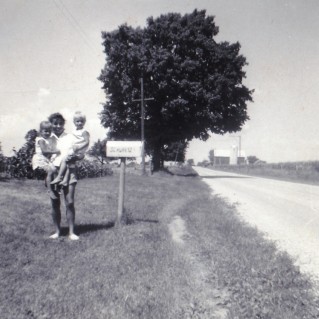 To the south, Rosemary was the baby in her family of mostly girls. She never had a new dress or shoes. Our parents did not have air-conditioners, leaf blowers or jet skis. Looking back, none of us considered ourselves poor. Money was scarce, but food was not.
To the south, Rosemary was the baby in her family of mostly girls. She never had a new dress or shoes. Our parents did not have air-conditioners, leaf blowers or jet skis. Looking back, none of us considered ourselves poor. Money was scarce, but food was not.
I especially loved eating supper at Rosemary’s house in summertime. After helping bring in the cows for milking, we’d devour plates of fresh-baked bread smothered in warm applesauce, pitchers of right-from-the-cow milk and ruby-red strawberries. The kids scrunched together on long benches along both sides of a 10-foot table, but there was always room for one or two more.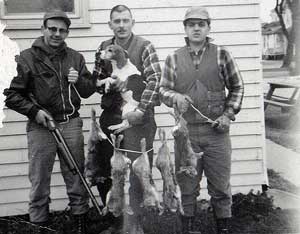
Our parents never paid any heed to a food pyramid. We simply ate an abundance of whatever was in season. Many August meals were nothing more than corn on the cob as big as our forearms. Butter dripped from our elbows, and we thought it was the best dinner anywhere.
My mother made raspberry jam in a kettle big enough to boil a hog. At other times, the same kettle held squirrel soup, dill pickle brine, stewed tomatoes or wild hickory nuts. I could not say so then, but admit now that I do not care to eat raccoon, our main winter meat back then. But, because big, fat Wisconsin coon hides brought $35-$40 each in the 1970s, we scoured the woods for them nightly. The greasy meat was merely a byproduct we did not waste.
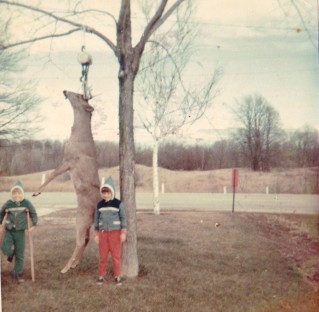 Still, although many of us ate from the land and lived by the motto “waste not, want not,” most of our tools and household items functioned on electricity and that cheap fuel I mentioned. Reversing that way of living will not be so easy. Our lives have been built around power and mobility. Who among us can sharpen (or even use) a crosscut saw, make lye soap (without store-bought ingredients), build a cistern or cut grain with a scythe? Only those who are 60+ seem to recognize what a well bucket is or have experience hand-pumping water.
Still, although many of us ate from the land and lived by the motto “waste not, want not,” most of our tools and household items functioned on electricity and that cheap fuel I mentioned. Reversing that way of living will not be so easy. Our lives have been built around power and mobility. Who among us can sharpen (or even use) a crosscut saw, make lye soap (without store-bought ingredients), build a cistern or cut grain with a scythe? Only those who are 60+ seem to recognize what a well bucket is or have experience hand-pumping water.
While we are growing as much food here as possible in every season with our saved seeds, heating with wood we cut, and can get water without electricity, we still are on the grid – although working steadily at pulling the plug.
I have seen others, however, invest tremendous energy (and much money) converting to wind or solar systems in an attempt to keep their same comfort level off grid. That is rarely possible. Many, too, are building stills to keep their chainsaws, lawnmowers and roto-tillers going. While I admire their ingenuity, I believe we need to also teach our children not to rely on alternative energy, but to do things by hand. Long before the Industrial Revolution, societies flourished worldwide, built by human muscle.
I am thankful now for the experience of living from the land as a youngster, which has proven useful as we relearn to live frugally and without power. I’m not cooking any coon, though, and have a long way to go before I can run a household as efficiently as Great-grandma did.

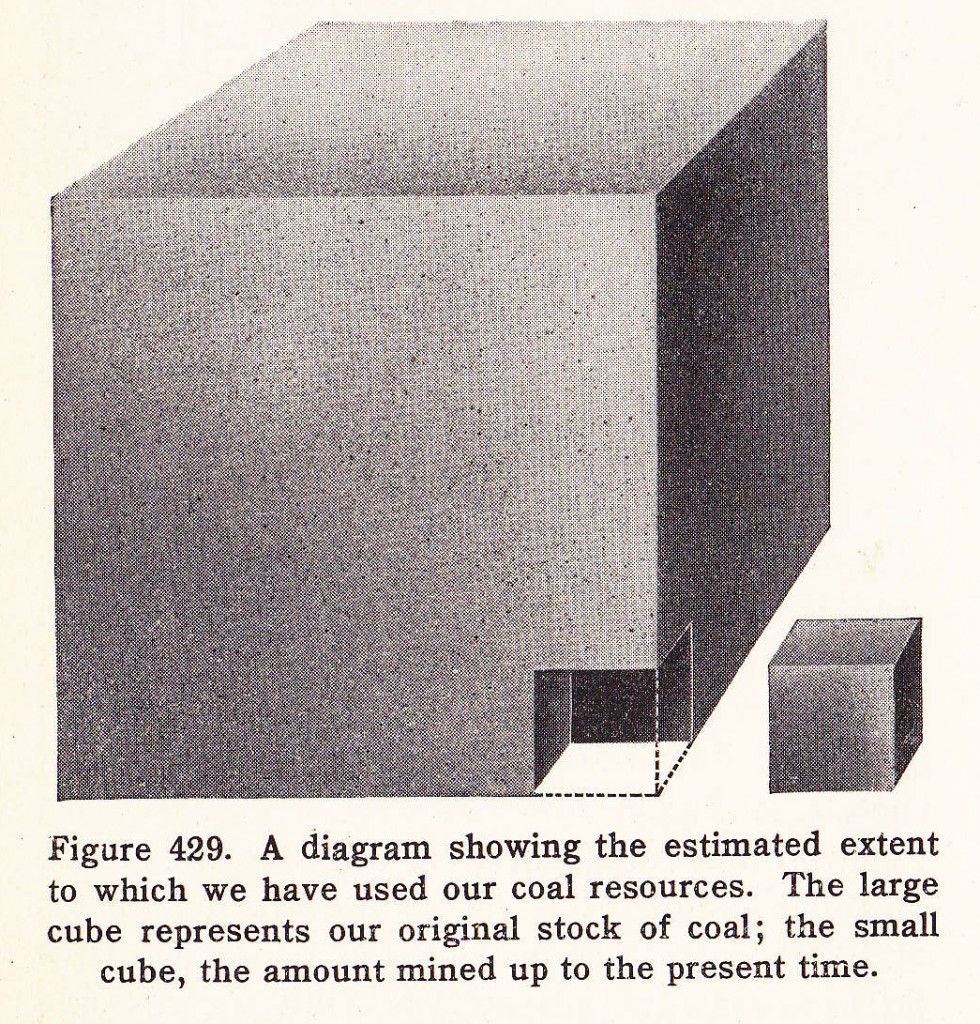
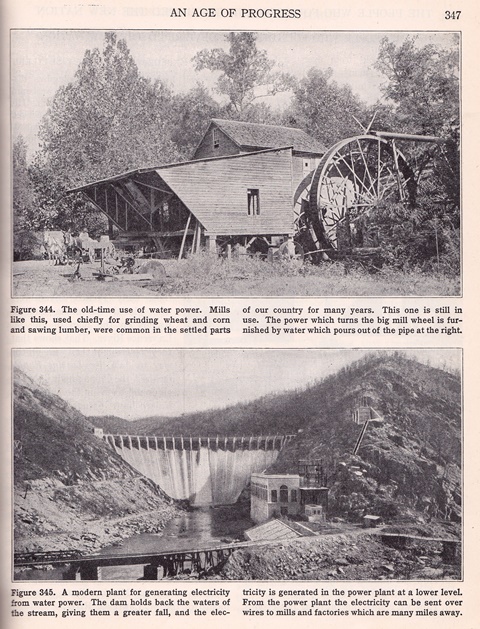
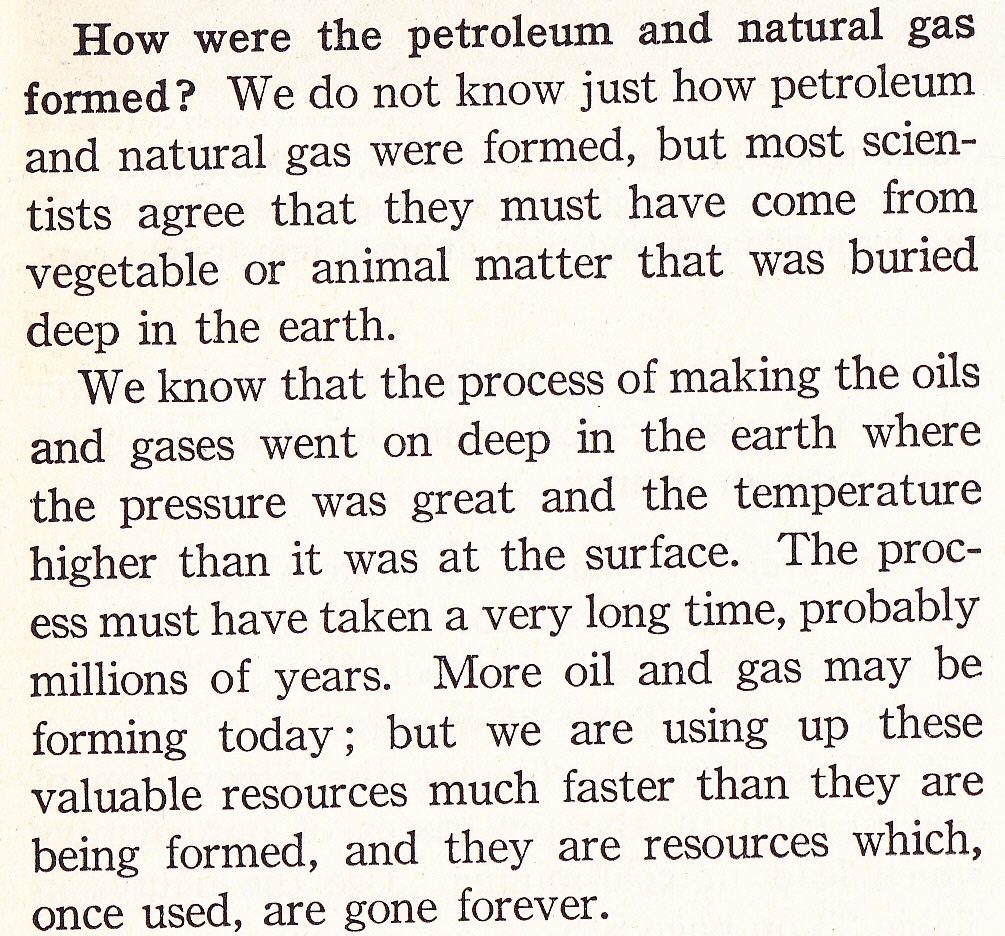
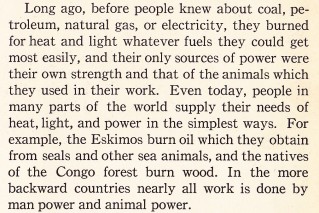
Pingback: ‘American Blackout’ Reveals Acute Energy Addiction | WaterBuck Pump hand pump, WaterBoy Well Bucket, Human powered machines
My Mum was 1 of 4 children in the 1950’s (2 sets of twins) and my Nanna worked hard in the home to feed them whilst her husband worked on his uncles (or brothers, I can’t remember which now) farm. They moved to a small town when Mum was 6 or so but even there on their 1/4 acre in nothern New South Wales, Australia, Nanna had a peach tree, apricot tree and vegetable garden. She worked hard and they were pretty much dirt poor. Mum would have had new clothes as the only girl unless her cousins handed things down (she has a female cousin just a few years older than she is) but Nanna would have sewed for them too. I’ve used her old singer machine which is electric although very simple (it straight stitches and darns, nothing more) which she would have had in the 60’s I guess. They had no car until the 50’s, no electricity and I remember my Nanna telling me one day about the shellite iron she had. Put in something akin to kerosene which you lit somehow and hey presto, hot electricity-free iron. It drove Nanna nuts so one day she stood ont he back steps and threw it as far and as hard as she could and went back to ironing with the old fashioned flat irons!
Rabid Hippy,
Thanks for sharing bits from your family’s history. I remember hand-me-downs very well as a youngster. And those old sewing machines, even the electric ones, were great. They were built to last. And who needs 325 different stitches anyway? I’ve seen pictures of gasoline-powered irons, but never used one. I’d be scared to death of blowing up the place.
Stay in touch. We love to hear what’s happening in Australia.
Mrs. WaterBuck